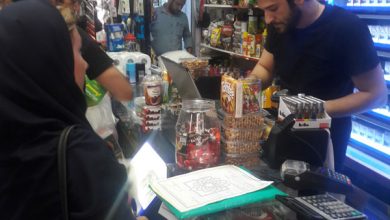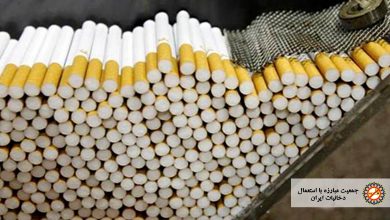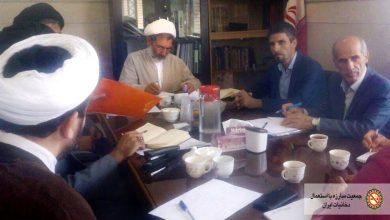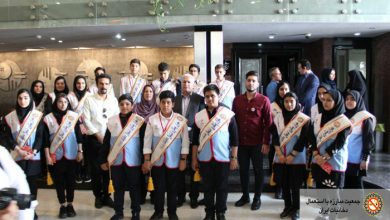
The Secretary of the Supreme Council of the Cultural Revolution emphasized that addiction has long been a target of foreign investment, with tobacco serving as the main gateway.
According to the Council’s Media and Public Relations Center, Hojjat al-Islam Dr. Abdolhossein Khosropanah, Secretary of the Supreme Council of the Cultural Revolution, speaking at a meeting held on Sunday, August 30 at the Headquarters for Combating Narcotics, stressed that tobacco use is a global harm with catastrophic consequences in Iran. He identified tobacco as the leading cause of drug initiation, the foremost factor in mortality both in Iran and worldwide, and the primary cause of lung cancer.
Each year, over 71 billion cigarettes and 30,000 tons of hookah tobacco are consumed in Iran, with the national tobacco market valued at over 1,000 trillion IRR (approx. USD 2 billion). Annually, nearly 60,000 Iranians die from tobacco use—a figure significantly higher than fatalities from road traffic accidents.
Dr. Khosropanah noted that between 2019 and 2021, tobacco use increased by more than 88% among women (aged 18–35) and by over 19% among men, with the age of initiation steadily decreasing and rates of use among adolescent girls rising sharply.
Addressing Social Harms: A National, Scientific, and Non-Partisan Approach
He underlined the urgent need for a scientific and non-partisan approach to addressing social harms, stressing that tobacco and addiction must be managed with expertise, not political bias. “These issues are national concerns, not partisan debates,” he stated, adding that politicizing them amounts to betrayal of the country.
The Secretary called for specialized sessions involving physicians, psychologists, sociologists, and scholars free from political divisions, to propose effective solutions. He also highlighted the potential of innovative approaches such as art therapy and rehabilitative arts as scientific and effective tools for prevention and treatment.





